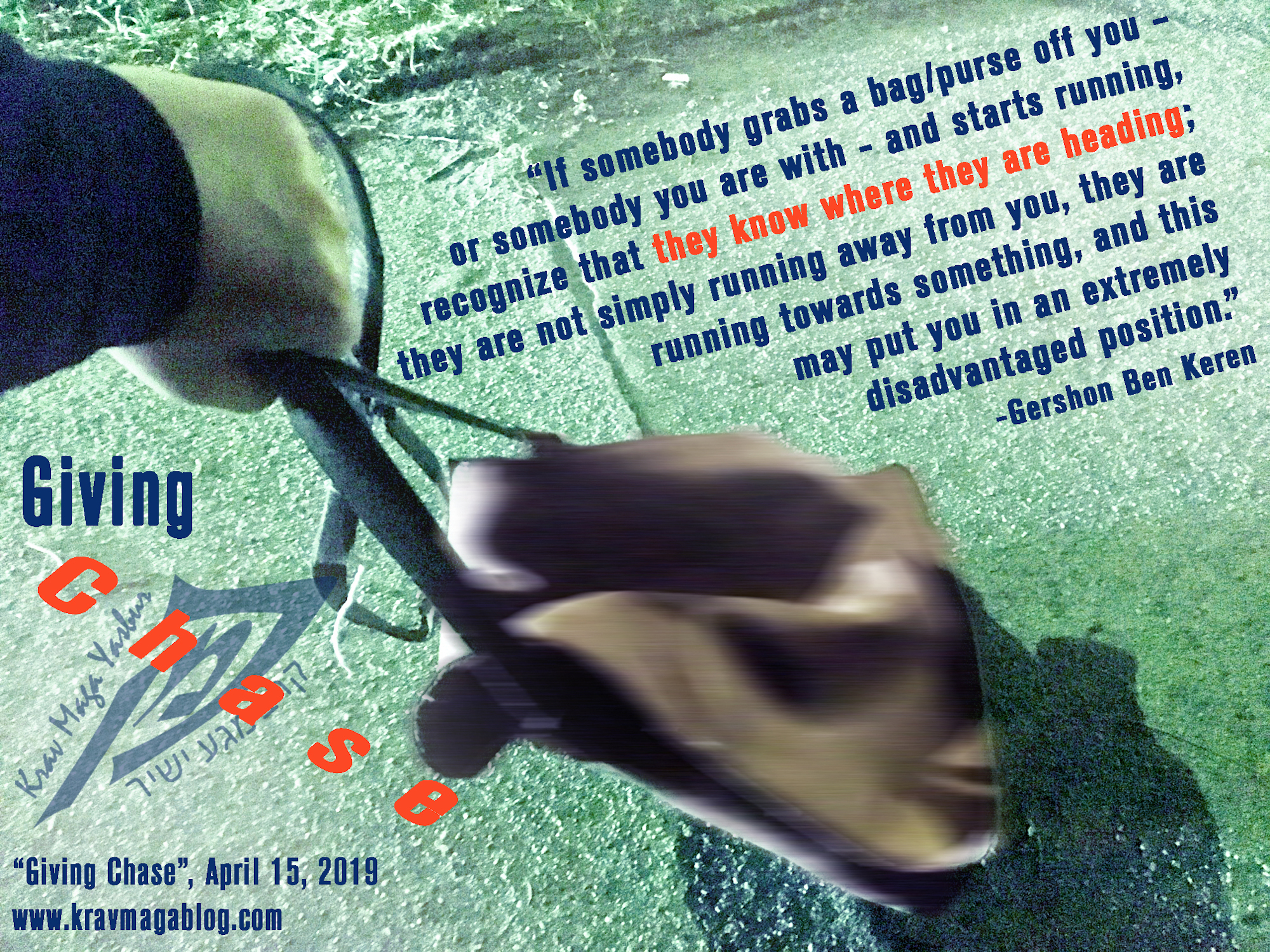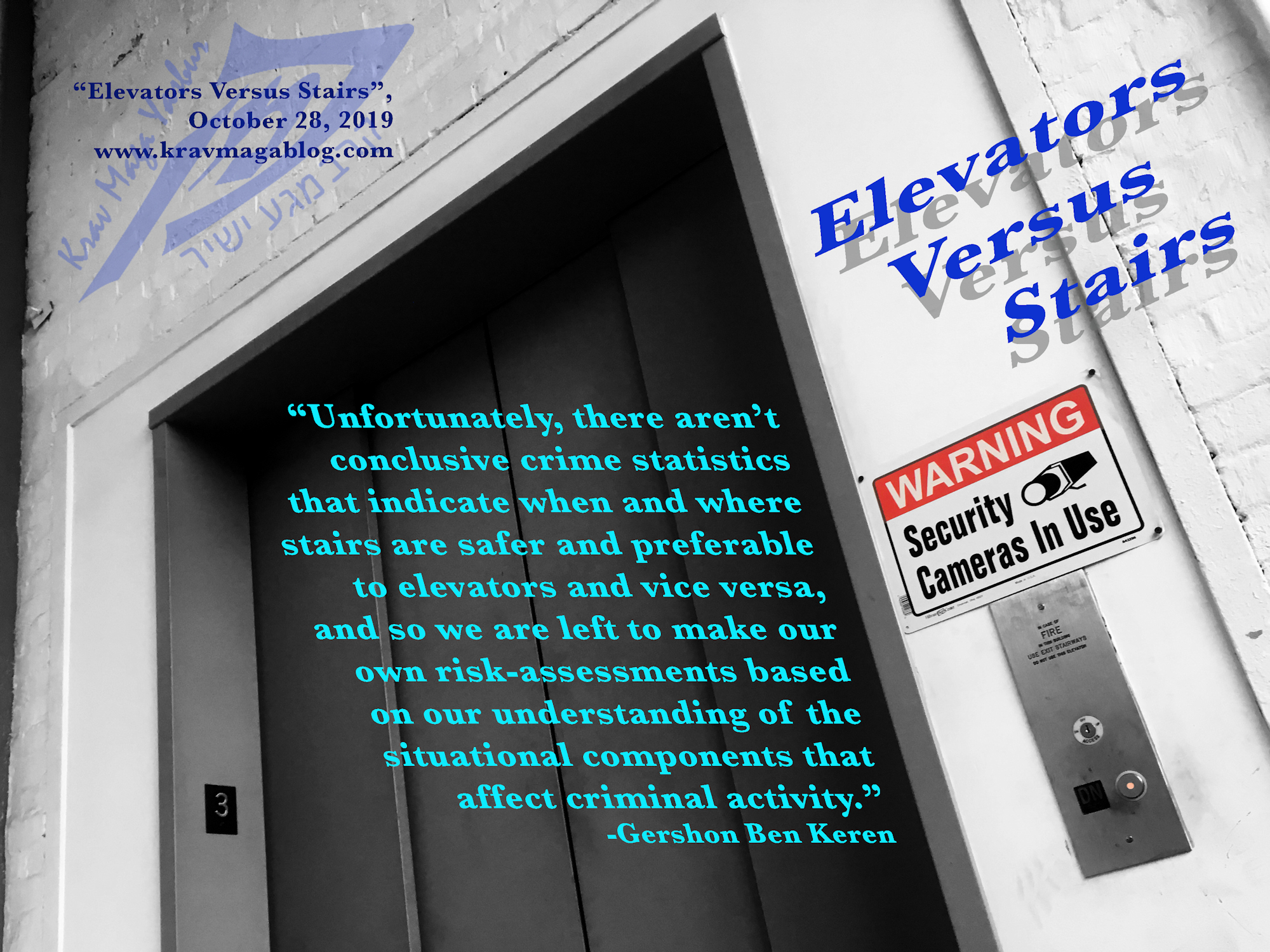Working Under Pressure, is an article written by Gershon Ben Keren, a 5th Degree Black Belt in Krav Maga, who teaches Krav Maga in Boston, MA. He has also authored three Amazon best-Selling Books on Krav Maga.
To have a realistic chance of surviving a real life confrontation, you must be used to training under pressure; this is something that those who practice combat sports, such as MMA, Boxing, Judo etc. are used to doing – competitive sports teach you a lot about functioning under pressure, where you have an opponent who is going to try and deny you the time, space and opportunity, to do whatever it is that you want to, or are trying to do. This “pressure” has many parallels, to the pressure that a real-life attacker, will try and do, such as putting you in such a disadvantaged position that your only choice, it would seem, would be to acquiesce to their demands, or capitulate to their assault etc. – a big difference though between real-life and the ring, is that there’s no bell that starts the encounter, and lets you know you need to be ready (the bell effectively rings the moment you wake up). I had a conversation, this week, with a student, about training under pressure, and the way that it changes your outlook on what is possible, and what remains as theoretical. His observation was that the most relevant Akido Instructors, were those who had first studied Judo i.e. they knew what it was to be put under pressure, deal with non-compliant opponents (who also had their game-plan), and not be given the luxury of time to execute their techniques. For our Krav Maga training to be realistic and effective, we must introduce “pressure” and stress into our training – and because reality is a much more complex landscape and environment than the ring or the cage, we must introduce different types of stress, pressure and duress, than that which is experienced in sparring.
One area of pressure training, where a lot of Krav Maga training, gets it right, is applying physical stress through fatigue and exhaustion. Once the initial adrenaline burst/shot runs out, what you are left with is not just your base level of fitness, but the consequences of the adrenal dump, which is extreme fatigue. Being able to operate under the pressure of physical exhaustion is a necessary survival skill – as is having techniques that can be recalled when in this state. A lot of people will talk about the benefits of being adrenalized, such as increased pain tolerance, an increase in strength and cardiovascular performance, and not acknowledge the costs and the toll that it takes on the body. Although it may give you 15 seconds of “superhuman” power, it may be due to the social nature of violence, that a good 10 seconds of this is used up in the pre-conflict phase, as your aggressor prepares themselves emotionally by posturing and making threats etc. This is one of the reasons why it is worth acting preemptively against such an assailant; whilst you are adrenalized, and they aren’t yet ready to launch their assault.
An area of “pressure” training that often gets overlooked, is threat recognition and decision-making. Being able to think clearly, understanding what information is pertinent and relevant for your survival, along with what is not, and/or may be peripheral to your understanding of a situation, is an important and necessary skill. Being able to assess and make effective decisions, and plans when under pressure, compared to panicking, and trying to accomplish everything at the same time, could mean the difference between surviving and not. In sophisticated active shooter scenarios, it may seem that there is not time to take on board information, and simply acting, such as running away from the shots is the only option, however it could be that the shooter is “shepherding” or “funneling” you towards something, such as a booby trapped door, another shooter etc. Being able to recognize threats, understand what information you have, and what you may need, in order to survive the danger, you are in, and come to effective decisions is a key skill to have, as is the ability to create time and distance for yourself. Rather than simply giving students the opportunity to practice techniques, we should put them in situations where they have to make decisions under pressure – decisions that may involve non-physical solutions as well as physical; we don’t want to create robots who can only follow one line of thinking, but rather individuals who can assess risk and danger, and formulate strategies for mitigating and dealing with it – and more importantly to do all of this under pressure.
Pain is a type of pressure, that students need to be able to work under, and there is both a right way and a wrong way for conditioning students to be able to operate under pain and discomfort. When I’m talking about pain, I’m not talking about injuring students, but conditioning them. Too often this type of training is done in such a way that fear becomes associated with pain. I have seen school teach sparring, as if they are trying to replicate a train crash, with two students, padded up, whaling at each other in an uncontrolled manner – arguably to replicate a street fight (not the purpose of sparring). To condition people to deal and operate when in pain and discomfort, fear and anticipation, has to be removed. The first time students at my school take the gloves off to spar bare-knuckle, there is a level of fear – after a few minutes though the fear goes, when the realization sets in, that there is little difference to being hit with no glove on, to being hit with a 6 oz glove etc. The pain, is not physical, it is mental – when people get hit in a real-life confrontation most of the pain is shock and surprise rather than physical, and when students can understand this, they begin to understand the different components of “pain” and what parts of it can be managed mentally. Training under the pressure of pain, largely involves teaching people to manage their fears and emotions, rather than physically conditioning them to taking a beating.
The different “pressures” that exist in a real-life confrontation, can’t be trained all at once. If this was the case, classes would just be a series of real-life fights, in a sterile matted environment. Rather, they should be trained individually, and possibly in conjunction with others e.g. decision making whilst exhausted etc. When students are taught to operate under different pressures, they start to acquire the skills that are necessary to deal with real-life violence – without this, they are simply running through a series of choreographed movements.
0 COMMENTS














